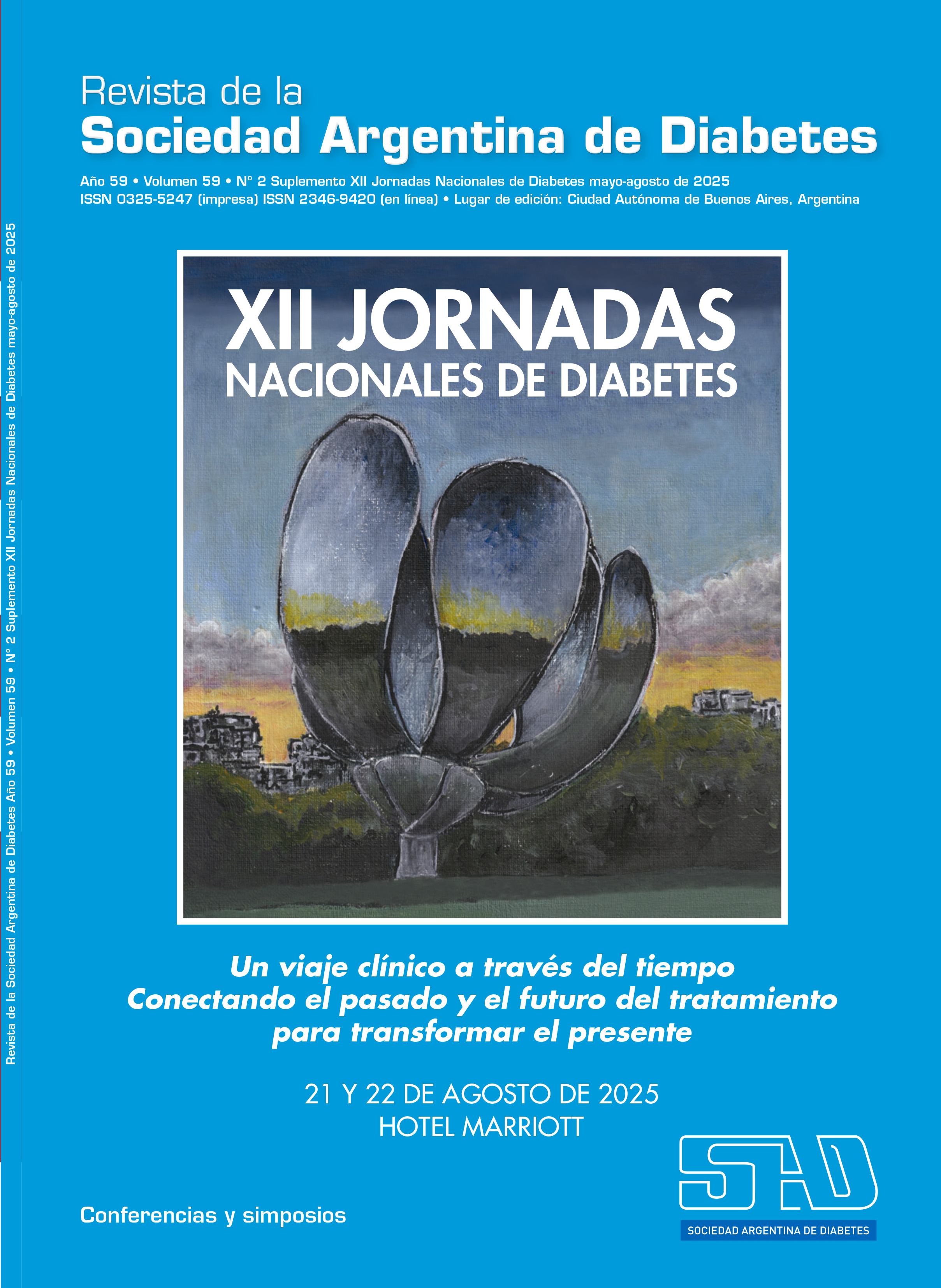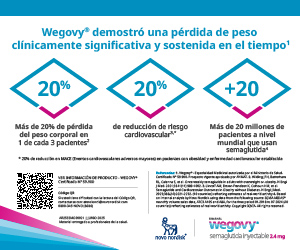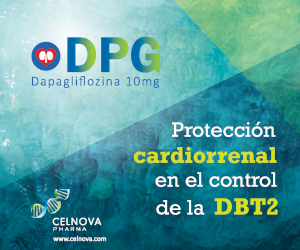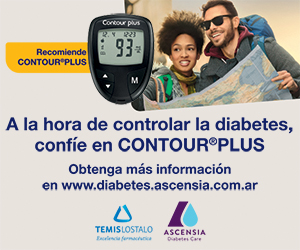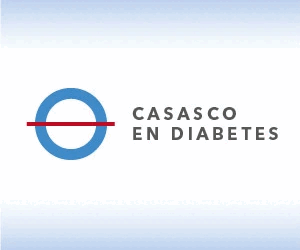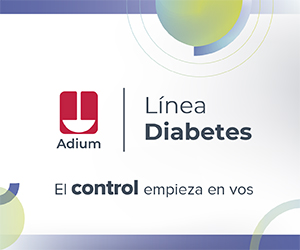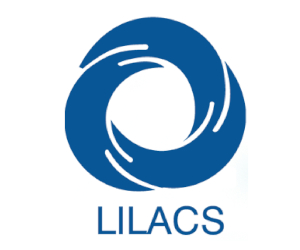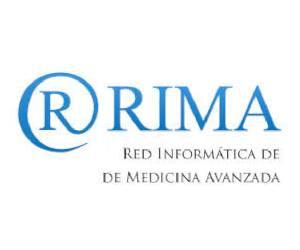Cardiorenal Complications
DOI:
https://doi.org/10.47196/diab.v59i2Sup.1231Keywords:
type 1 diabetes, pediatricsAbstract
Despite significant advances in treatment, individuals diagnosed with type 1 diabetes during childhood continue to have a life expectancy more than ten years shorter than that of the general population. The main cause is the increased prevalence of cardiovascular disease and chronic kidney disease, with women with type 1 diabetes being particularly vulnerable.
Many questions remain regarding the most effective strategies to mitigate cardiovascular risk in young people with T1D. These include the need to stratify patients according to age at onset, mode of diagnosis, sex, and duration of the disease in order to tailor LDL and systolic blood pressure (SBP) targets, optimize the timing and dosing of lipid-lowering and antihypertensive therapies, include pharmacological treatment for obesity, evaluate the use of aspirin for primary prevention, and consider the potential benefits of non-insulin agents—including their pleiotropic effects—based on a better understanding of the metabolic, hemodynamic, and inflammatory pathways involved in the pathogenesis of cardiovascular and renal complications.
As demonstrated in the DCCT/EDIC study, intensive glycemic control significantly reduces the risk of both macrovascular and microvascular complications. More recent data show that lowering LDL levels reduces cardiovascular disease (CVD) risk by over 20% and CVD-related mortality by 40%, while lowering SBP is associated with reductions of 30% and 40%, respectively.
The prevention and management of obesity is an increasingly important challenge in the care of individuals with T1D, as is the early detection, aggressive treatment, and timely referral to nephrology for the management of diabetic kidney disease.
Currently, there are no randomized controlled trials specifically designed to reduce cardiovascular risk in youth with type 1 diabetes. As a result, existing recommendations are based on observational studies or data extrapolated from studies conducted in individuals with type 2 diabetes. However, several studies are currently underway whose results are expected soon, evaluating the effects of GLP-1 receptor agonists, SGLT2 inhibitors, and mineralocorticoid receptors agonists in children and adolescents with T1D.
References
I. Manrique-Acevedo C, Hirsch IB, Eckel RH. Prevention of cardiovascular disease in type 1 diabetes. N Engl J Med. 2024 Apr 4;390(13):1207-1217. doi: 10.1056/NEJMra2311526. PMID: 38598575.
II. Rawshani A, Sattar N, Franzén S, et al. Excess mortality and cardiovascular disease in young adults with type 1 diabetes in relation to age at onset: a nationwide, register-based cohort study. Lancet 2018 Aug 11;392(10146):477-486. doi: 10.1016/S0140-6736(18)31506-X.
III. Guo J, Brooks MM, Muldoon MF, et al. Optimal blood pressure thresholds for minimal coronary artery disease risk in type 1 diabetes. Diabetes Care. 2019 Sep;42(9):1692-1699. doi: 10.2337/dc19-0480.
IV. Rawshani A, Rawshani A, Sattar N, et al. Relative prognostic importance and optimal levels of risk factors for mortality and cardiovascular outcomes in type 1 diabetes mellitus. Circulation 2019 Apr 16;139(16):1900-1912. doi: 10.1161/CIRCULATIONAHA.118.037454. PMID: 30798638.
Downloads
Published
Issue
Section
License
Copyright (c) 2025 on behalf of the authors. Reproduction rights: Argentine Diabetes Society

This work is licensed under a Creative Commons Attribution-NonCommercial-NoDerivatives 4.0 International License.
Dirección Nacional de Derecho de Autor, Exp. N° 5.333.129. Instituto Nacional de la Propiedad Industrial, Marca «Revista de la Sociedad Argentina de Diabetes - Asociación Civil» N° de concesión 2.605.405 y N° de disposición 1.404/13.
La Revista de la SAD está licenciada bajo Licencia Creative Commons Atribución – No Comercial – Sin Obra Derivada 4.0 Internacional.
Por otra parte, la Revista SAD permite que los autores mantengan los derechos de autor sin restricciones.



